Termites in Bathroom: Uncovering Infestation
I never imagined I’d find termites in my bathroom. It’s surprising how these small insects, bugs, and swarming termites indoors can thrive in a place meant for cleanliness. Bathrooms, often damp and humid, create an ideal environment for termites, bugs, and worms to flourish. The contrast between a relaxing space and a potential infestation is startling.
Ignoring the signs can lead to serious damage and costly repairs. I learned the hard way that prevention is key. Recognizing the early warning signs of termites can save homeowners from headaches later on. In this post, I’ll share what I discovered about spotting termites in bathrooms and how to tackle them effectively. Protecting my home became a priority, and it should be yours too.
Recognize Termite Infestation
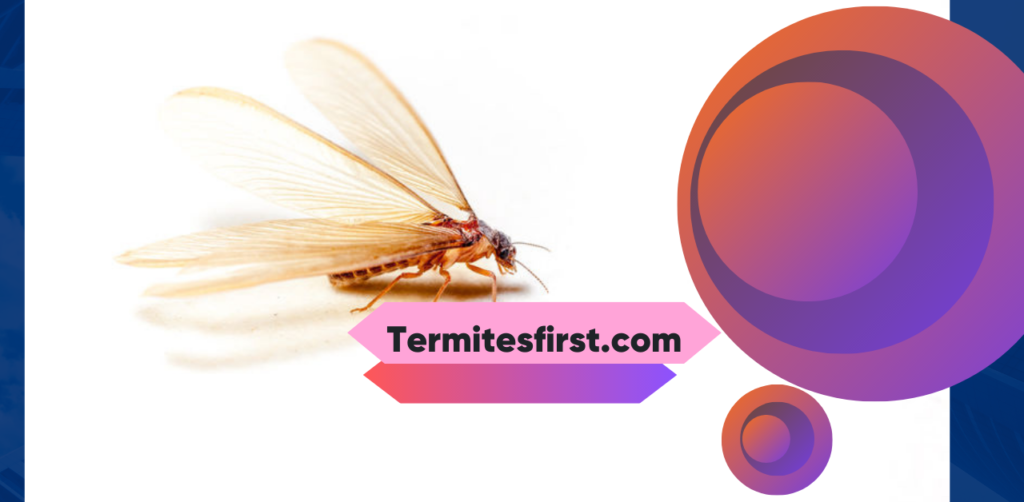
Mud Tubes
Mud tubes are a common sign of termite activity. These tubes are made from soil, wood, and saliva. They provide protection for termites as they travel between their nests and food sources. I often check the foundation of my bathroom for these tubes. Finding them can mean that you have an active termite infestation.
Termites build these structures to stay moist. If you see mud tubes on walls or near pipes, it’s crucial to act quickly. This could indicate a bad termite infestation. Ignoring it might lead to more significant damage over time.
Hollow Sounds
Listen for hollow sounds when tapping on wooden surfaces in your bathroom. These sounds indicate potential damage caused by termites. Termites eat the wood from the inside, leaving a thin outer layer intact. I remember the first time I heard this sound; it was unsettling and made me realize I needed to inspect my home closely.
If you notice hollow-sounding wood, investigate further. This could be a sign of future termite infestations if left unchecked. The sooner you identify this issue, the easier it will be to address.
Discarded Wings
Watch for discarded wings near windows or doors. Swarming termites leave their wings behind after mating flights. Finding these wings is a clear signal of possible termite activity indoors. I often remind friends to check their homes during spring when swarming season peaks.
Swarming typically occurs in warm weather, usually between March and June. If you spot these wings, it’s essential to evaluate your home for signs of termite infestations. Taking action early can prevent extensive damage and costly repairs.
Other Signs
Other signs of termite presence include small holes in wood and frass (termite droppings). Frass resembles tiny pellets and indicates that termites are eating the wood within your structure. Inspect all wooden fixtures in your bathroom regularly.
You should also look for sagging floors or ceilings. These structural changes can hint at severe damage due to long-term infestations. Early detection is key to avoiding major issues later.
Recognizing the signs of termite infestations is crucial for homeowners. Mud tubes, hollow sounds, and discarded wings are clear indicators of potential problems. Regular inspections can save you from costly repairs down the line.
Identify Visual Indicators
Wood Structures
Inspecting wood structures is crucial. Look for small holes or tunnels in wooden beams and supports. These may indicate termite entry points. I once found a tiny hole in my bathroom’s wooden frame. It led to a deeper inspection that revealed a serious infestation.
Termites create these openings as they enter and exit their nests. The presence of these holes should not be ignored. If you notice them, check nearby areas for further signs of damage.
Frass
Frass is another indicator of termite activity. This term refers to termite droppings, which resemble sawdust. You might find frass scattered around infested areas. I remember seeing what looked like sawdust near my bathroom cabinet. It turned out to be a clear sign of termites at work.
Frass often accumulates near the source of the infestation. If you find it, take immediate action. Cleaning up frass will not eliminate the problem but helps identify where termites are active.
Discoloration in Paint
Discoloration or blistering in paint can suggest underlying damage from termites. Pay attention to any unusual spots on your bathroom walls or ceilings. I noticed some blistering paint near my shower area once. After further investigation, I discovered hidden termite damage behind the wall.
Paint discoloration occurs when termites eat through wood structures, causing moisture buildup. This leads to bubbling or peeling paint. If you see these signs, it’s essential to inspect further.
Additional Tips
Regular inspections can help catch problems early. Look for other signs like sagging floors or doors that stick when opened. These issues often relate back to structural damage caused by termites.
I recommend checking bathrooms regularly because they tend to have higher moisture levels. Termites thrive in such environments, increasing the risk of infestations.
Understand Damage Patterns
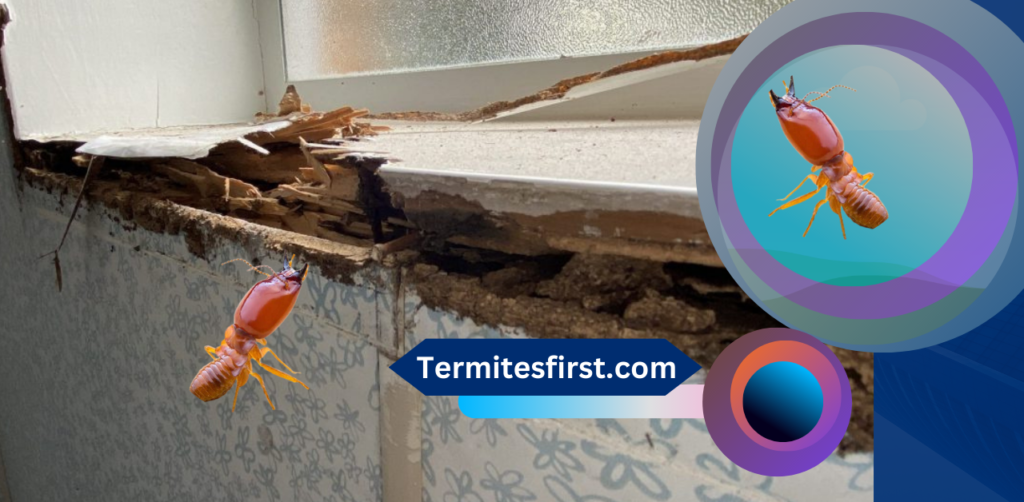
Inside Out
Termites often damage wood from the inside out. This makes it difficult to spot early signs of an infestation. I remember a time when I thought my bathroom was safe. A small, hidden area was severely damaged, yet the outside looked fine. By the time I noticed, significant damage had already occurred.
These pests chew through wood, leaving behind hollowed spaces. They can cause structural issues without any visible signs on the surface. Homeowners should be vigilant and check for soft spots in wooden structures. Regular inspections can help catch problems before they become severe.
Unique Patterns
Different termite species create unique damage patterns. For example, some termites form galleries or tunnels within the wood. These tunnels can be narrow or wide, depending on the species. Subterranean termites often leave mud tubes leading to their food source.
Drywood termites, on the other hand, may leave small holes in the wood surface. They push out fecal pellets, which can be mistaken for sawdust. Recognizing these patterns is crucial for identifying the type of termite present.
I once found tiny holes in a piece of furniture in my home. At first, I thought it was just wear and tear. Upon closer inspection, I realized it was a sign of drywood termites. It’s important to understand these patterns for effective treatment.
Moisture Levels
Moisture levels play a significant role in termite damage. Bathrooms are often damp environments that attract these pests. High humidity creates ideal conditions for termite infestations to thrive.
Wood that remains wet for extended periods becomes more appealing to termites. They tend to invade areas where moisture is present. This can lead to rapid deterioration of wooden structures in bathrooms.
I have seen how quickly water damage escalates in a bathroom setting. A leaky pipe can turn into a major issue if left untreated. Keeping bathrooms well-ventilated and dry can help prevent termite problems.
Prevention Tips
To prevent termite infestations in bathrooms:
- Regularly check for leaks and fix them promptly.
- Maintain proper ventilation to reduce humidity.
- Inspect wooden structures and furniture for signs of damage.
- Consider using treated wood in moisture-prone areas.
Being proactive can save homeowners from costly repairs later on.
Inspect Bathroom Fixtures
Wooden Cabinets
Inspecting wooden cabinets is crucial. Termites love wood, and they can cause significant damage. I often look for small holes or sawdust around the base of cabinets. These signs indicate that termites may be present. If you notice any damage, act quickly. Consider replacing affected items to prevent further issues.
Checking the inside of cabinets is also important. Look for dark spots or frass, which is termite droppings. These can signal an infestation. I once found frass in my bathroom cabinet, which prompted me to call a pest control expert immediately.
Plumbing Fixtures
Plumbing fixtures require attention too. Leaks from sinks or toilets create moisture. This moisture attracts termites and makes infestations worse. Regularly check under sinks for signs of water damage or leaks.
I recommend using a flashlight to inspect hard-to-see areas. If you find leaks, fix them right away. Repairing leaks not only helps with termite prevention but also saves money on water bills.
Trim and Molding
Wooden trim and molding around sinks and tubs should be assessed as well. Termites often hide in these areas, causing unseen damage. Look for cracks, peeling paint, or soft spots in the wood. These can indicate deterioration due to termite activity.
I remember a friend who ignored her bathroom trim for too long. She ended up with extensive damage and costly repairs. Checking these areas regularly can save you time and money in the long run and money in the long run.
Additional Tips
Consider these steps for effective inspections:
- Use a flashlight to spot hidden signs.
- Keep bathrooms dry by using exhaust fans.
- Seal cracks and gaps around plumbing.
These simple actions make a big difference in preventing termite infestations.
Examine Ceilings and Walls
Sagging Areas
I often check for sagging ceilings or walls in my bathroom. These signs can indicate structural damage caused by termites. If the ceiling looks droopy, it may mean that termites have weakened the wood above. This condition is serious and needs immediate attention.
Inspecting these areas can reveal hidden problems. I usually look for any unusual dips or curves in the surface. Finding sagging spots early can help prevent further damage to my home.
Cracks and Peeling Paint
Cracks in the walls or peeling paint can also signal termite activity. I pay close attention to these details during my inspections. Termites often create tunnels inside walls, which can cause cracks to appear on the surface.
Peeling paint can mean moisture problems, but it might also hide termite damage underneath. If you see bubbling paint, take a closer look. It’s essential to investigate any wall imperfections thoroughly.
Dark Corners
Dark corners are perfect hiding places for termites. I always use a flashlight to inspect these areas closely. Termites are attracted to moisture, which is common in bathrooms. They thrive in damp environments, making dark corners ideal for them.
During my inspections, I shine the light into every shadowy nook. Sometimes, I find small holes or mud tubes that indicate termite presence. These signs are crucial for identifying infestations early.
Surface Inspection
A thorough examination of surfaces is vital. I always check the wooden surfaces around the bathroom, such as door frames and cabinetry. Termites love wood, so these areas are at high risk.
Using a probing tool can help detect soft spots in the wood. If the wood feels spongy or crumbles easily, termites may have already invaded. Addressing these issues quickly can save homeowners from costly repairs later.
Regular Checks
I recommend regular checks of ceilings and walls in bathrooms. Keeping an eye on these areas helps catch potential problems early. Timely detection can prevent extensive damage caused by termites.
Establishing a routine inspection schedule makes it easier to spot changes over time. I usually do this every few months to ensure everything remains intact.
Assess Flooring Damage
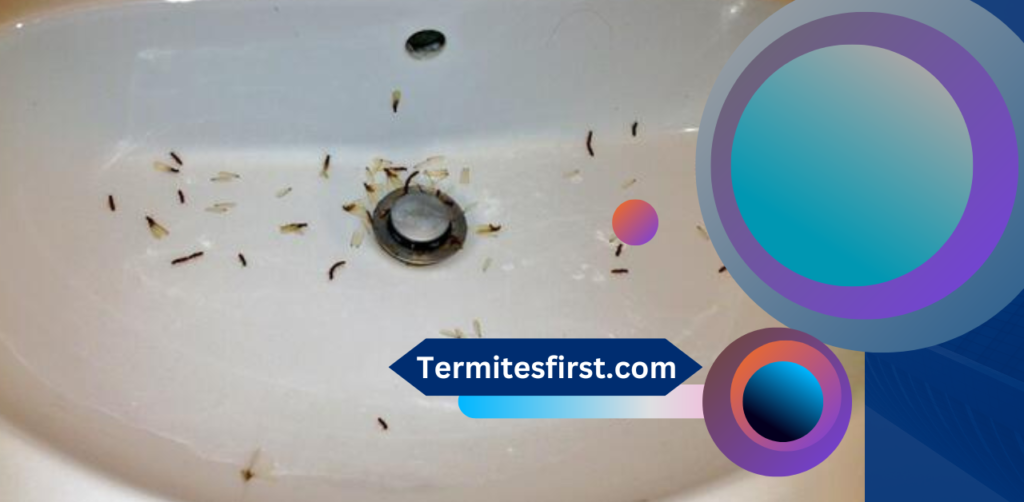
Soft Spots
Walking on the floors is crucial. I often check for soft spots that may indicate termite damage beneath. These areas feel spongy or weak underfoot. Such signs can mean termites have eaten away at the wood structure.
If you notice any soft spots, take immediate action. Ignoring them can lead to more extensive damage. I once found a soft area in my bathroom floor. It turned out there was significant termite activity underneath.
Gaps Between Floorboards
Next, look for gaps between floorboards. These gaps can signal weakening due to infestation. Termites tend to eat away at the wood, causing boards to separate.
I remember inspecting my neighbor’s bathroom and noticing wider gaps than usual. After further investigation, we discovered termite damage hidden below the surface. Addressing these gaps early can prevent costly repairs later.
Baseboard Inspection
Inspecting baseboards is another important step. Check for signs of frass or mud tubes. Frass looks like small wood-colored pellets and indicates that termites are nearby. Mud tubes are tunnels made by termites to travel between their nest and food sources.
During my own inspection, I found frass near the baseboard in my bathroom. This discovery prompted a thorough examination of the flooring below. I recommend checking baseboards regularly to catch any potential issues early.
Signs of Moisture
Moisture plays a big role in attracting termites. Bathrooms are often humid environments, making them prime targets for infestations. Look for water stains or mold around fixtures and walls.
I learned that even small leaks can create conditions favorable for termites. Fixing leaks promptly can reduce moisture levels and deter these pests from invading your space.
Professional Help
Consider hiring a professional if you suspect severe damage. They have tools and expertise to assess the situation accurately. A professional inspection can reveal hidden damage that might go unnoticed.
I had a pest control expert inspect my home after finding signs of termites. Their assessment provided peace of mind and helped me address the issue effectively.
Evaluate Bathtub Condition
Inspect Surroundings
I often find that the area around the bathtub deserves close attention. Water damage can attract termites. Look for any signs of discoloration or warping on the walls and floor near the tub. These can indicate leaks or moisture buildup.
Check the caulking as well. If it’s cracked or missing, water can seep through. This creates a perfect environment for termites. I remember a time when I noticed a small leak. It led to significant damage before I could address it.
Look for Mold
Mold and mildew are clear indicators of prolonged moisture. Inspect for any black spots or musty odors in the bathroom. These signs suggest that water has been present for an extended period. Termites thrive in damp conditions, making this an important step.
If I see mold, I take immediate action. Cleaning the area is crucial, but it’s also essential to find the source of moisture. Addressing this issue helps prevent further problems, including termite infestation.
Check Wooden Components
Wooden components around the bathtub can be vulnerable to termites. Inspect any wooden framing, cabinets, or trim near the tub. Look for signs of damage like soft spots or holes. These may indicate that termites have already taken up residence.
I once discovered that a wooden cabinet next to my bathtub was compromised. The wood felt spongy to the touch, signaling trouble. I had to replace it entirely to prevent further issues.
Signs of Infestation
Be aware of additional signs of termite presence in your bathroom. Look for discarded wings or small droppings near wooden areas. These can indicate an active infestation nearby.
Termites often leave behind mud tubes as they travel between their nest and food sources. Check along walls and corners for these tubes. Finding them early can save you from more extensive damage later on.
Preventive Measures
Taking preventive measures is key to avoiding termite problems in the future. Ensure proper ventilation in your bathroom to reduce moisture levels. Use exhaust fans during showers and baths to keep humidity low.
Regular maintenance also plays a role. Check plumbing fixtures periodically for leaks, and repair any issues promptly. Keeping your bathroom dry and well-maintained will drastically reduce the risk of attracting termites.
Manage and Prevent Infestations
Regular Inspections
Implementing regular inspections is crucial. These checks help catch termite activity early, before it escalates into a larger problem. I recommend inspecting your bathroom every few months. Look for signs such as mud tubes or damaged wood. Early detection can save you from costly pest control services later.
Pest management experts suggest being thorough during these inspections. Pay close attention to areas around the bathtub and plumbing fixtures. Termites often thrive in damp environments. By catching them early, you can prevent future infestations.
Seal Entry Points
Sealing cracks and crevices in the bathroom is another effective strategy. Termites can enter through even the smallest openings. Use caulk to fill gaps around pipes and fixtures. This reduces potential entry points for these pests.
I have noticed that a simple sealant can make a significant difference. It not only keeps termites out but also helps with moisture control. Ensuring that all gaps are sealed is an essential part of pest management.
Control Humidity Levels
Maintaining low humidity levels plays a vital role in prevention. High humidity attracts many pest infestations, including termites. Using exhaust fans during showers helps reduce moisture buildup. Fixing leaks promptly also prevents water accumulation.
I learned the importance of humidity control after facing a minor pest problem myself. Keeping my bathroom dry has made a noticeable difference in preventing infestations. It’s an easy step anyone can take to protect their home.
Contact Insecticides
Using contact insecticides can be helpful when dealing with an actual infestation point. These products target pests directly and can provide immediate relief. However, I advise using them cautiously and following the label instructions carefully.
Pest control services often use these insecticides effectively. They have access to stronger formulations that are not available to the general public. If you notice signs of termites, contacting an exterminator may be wise.
Ongoing Pest Management
Ongoing pest management is essential for long-term success. Even after addressing an infestation, reinfestations can occur if not monitored properly. Regular follow-up inspections can help keep your bathroom safe from future issues.
I find that maintaining a clean and dry environment discourages pests effectively. Taking proactive steps ensures that my home remains termite-free. Small changes in daily habits can lead to significant results over time.
Conclusion:
I’ve covered the key signs and damage patterns of termite infestations in bathrooms. It’s crucial to inspect your space regularly. I can’t stress enough how important it is to catch these pests early. The longer they linger, the more costly the repairs can be.
Take charge of your bathroom’s health today. If you notice any signs, act fast. Consider consulting a pest control expert for a thorough assessment. Protecting my home from termites is a smart move that pays off in the long run. Don’t wait until it’s too late—stay vigilant and keep those pesky critters at bay!
Related: Does Bleach Kill Termites?
FAQ’s:-
Look for mud tubes, discarded wings, and hollow-sounding wood. These signs indicate a potential termite infestation that requires immediate attention.
Check for small holes in wood surfaces, peeling paint, or moisture damage. Termites often leave these clues as they feed on wood structures.
Termites typically cause irregular tunnels in wood. They may also create soft spots in walls and ceilings, indicating significant structural damage.
Examine wooden parts of cabinets and vanities closely. Look for signs of chewing or decay around joints and edges where moisture is present.
Tap on wooden floors to detect hollow sounds. Check for sagging or warped areas, which could signal termite activity beneath the surface.
Inspect the area around the bathtub for soft or crumbling caulk. Water damage here can attract termites if it leads to damp wood structures nearby.
Regularly inspect your home for moisture issues and seal any cracks. Consider professional pest control treatments to protect against future infestations.




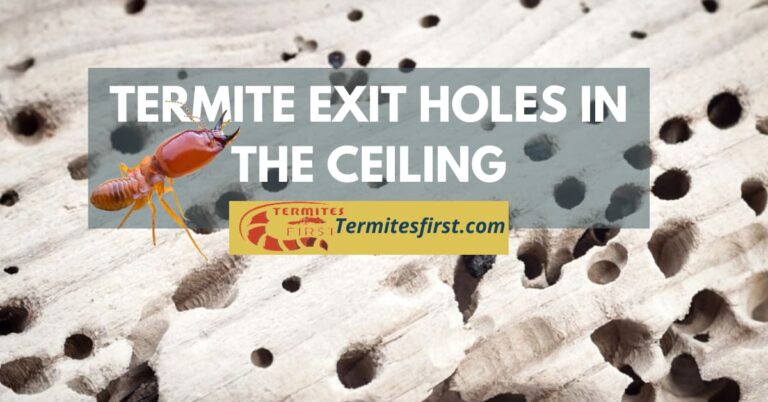

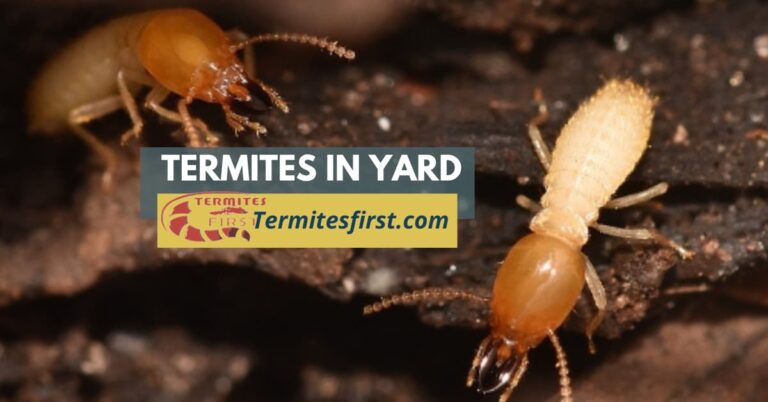
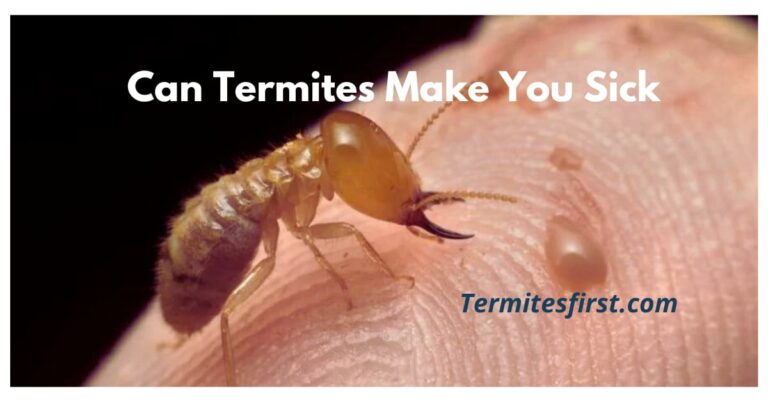
2 Comments